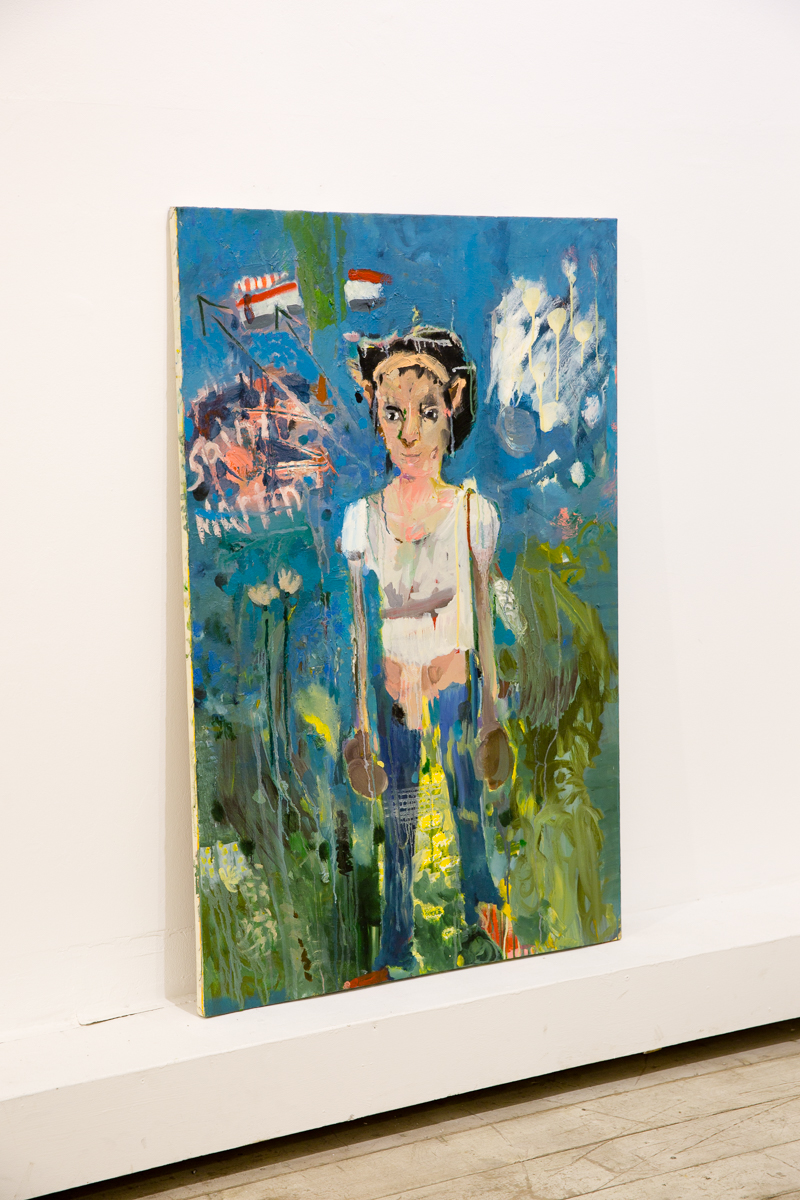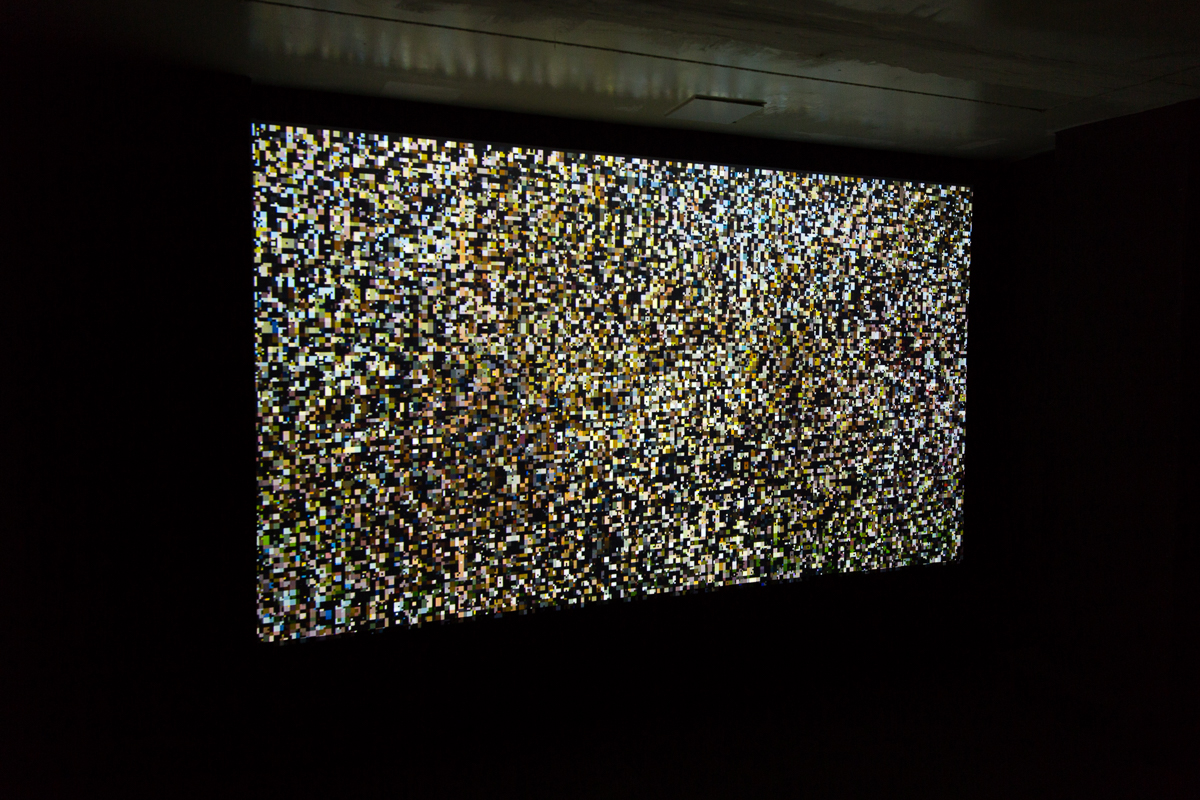When X and Y
Liliana Farber / Michal Orgil
Curator: Talya Raz
20.11.2014 - 13.12.2014





















On Thursday November 20, 2014, Alfred – A Cooperative Institute for Arts and Culture, will open a double exhibition titled 'When X and Y', which will feature the works of Liliana Farber and Michal Orgil.
Liliana Farber is a new media artist, graduated art and graphic design studies in Uruguay and the advanced program of the Midrasha, Beit Berl College. She immigrated to Israel from Uruguay four years ago.
Michal Orgil is a graduate of the Midrasha, Beit Berl College. She is a painter and an art teacher.
Both artists will present new works that have not yet been exhibitied, most of which were created especially for the exhibition.
Liliana Farber will exhibit a video art and prints. The video uses the commercial genre used in movie trailers and thus exposes the common and the general: the identical pattern of emotional triggers, highlights and surprises. This work exposes our ever-increasing need for stronger stimuli while striving for deeper emotional reactions.
The work was made using a specially built software, which merges dozens of films into a single movie, and blends them into an almost abstract result. The soundtrack of the video, flooding the entire exhibition space, creates a constant anticipation, which builds towards something that never happens.
In her printed work, Farber highlights the manner we seek patterns and order in the chaotic sea of information and noise, which we are exposed to on the network. In her work process, Farber collects dozens of photos from different users shared online, photos of themselves and their surroundings. Using a unique software, she sets pixels from the images within a template created in advance.
Michal Orgil displays oil paintings on large and medium canvases, and a collage made of canvases she used as palettes, and unfinished paintings. Orgil continued to work on the collage up to a point where out of the abstract patches an image begins to emerge.
In her paintings, Orgil creates a world that exists on the margins of the norm, a world familiar but diverted, roamed by the secondary characters of a story. Orgil discovered a pile of photos on the street, depicting a group of men who seemed unhappy and helpless. The photographs were used as a starting point for her paintings; multi-layered, colorful and loaded with energy after a long search and struggle. Through her paintings, Orgil disintegrates the male prototype, a disintegration that takes place in a fantastic and distorted view.
In other paintings, a figure of a girl reappears, wandering or lingering in outlying areas of the city and the soul, and tours between the familiar and the alien, the threatening and the innocent.
The paintings always consist a tension we experience before a great drama. This is a highly tense intermediate moment, in which it seems that something is wrong, and a motion starts, but still nothing happens. Just as Farber's video prepares us for everything and for nothing, so do the paintings of Orgil. They expose us to a moment where nothing happens but everything can happen.

